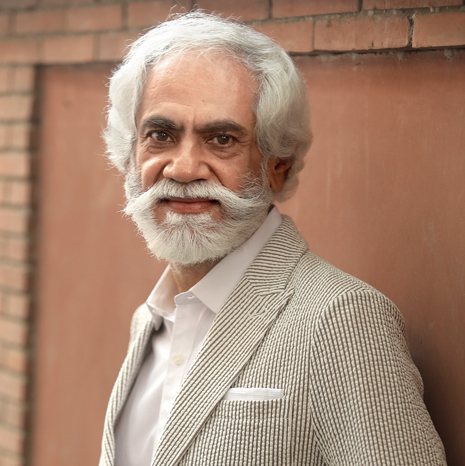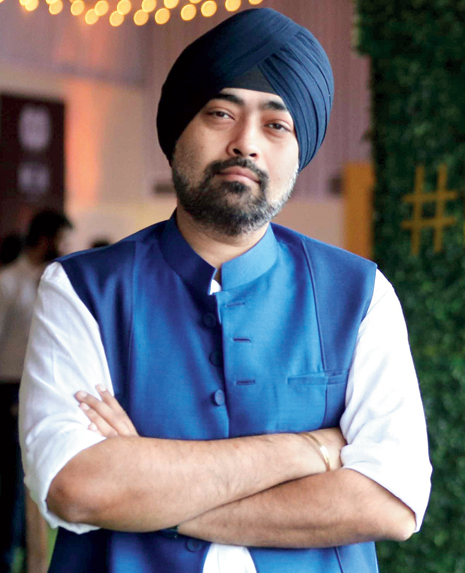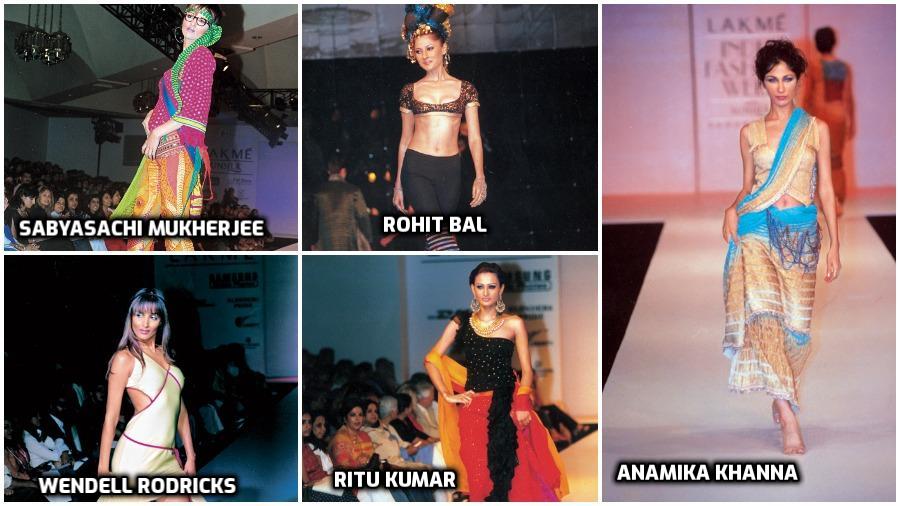A week ago, fashion lovers stopped scrolling and stared at a certain Instagram feed leaping out of their mobile phones. One that spoke of a collaboration between FDCI and Lakme Fashion Week (LFW) from March 16-21. What? How? When? Among a swirl of questions, t2 reached out to both LFW and FDCI to know more about their joining hands after a 15-year-split for their ‘first ever joint initiative’ — ‘A Phygital Fashion Week’.
Sunil Sethi, chairman, Fashion Design Council of India (FDCI; the apex body of Indian fashion), tells us why “joining forces” made more sense at the moment.

How did the collaboration come about?
I have known Jaspreet Chandok for a very long time. Even though the market feels it is a new thing, we have known each other for 12 years and worked together also. And, also contrary to what the market believes, both Lakme Fashion Week and FDCI have been in touch every season or through the year for joint discussions in the sense that whenever we have had to finalise the dates of our shows, we have cooperated with each other to not clash. There has been a bonhomie of sorts. It might look like rivalry, but it is not. It is a healthy competition that used to take place earlier. When I started the Covid support fund trust by FDCI, I did receive funds voluntarily from LFW. In some ways the cooperation started during the pandemic.
This year, both were happening in the month of March and I guess nobody wanted one month of publicity from both handles before and then so many shows to do.... I did close to 40 shows last year. So, imagine if we both were to do 70 shows, you can imagine what it could have done for the fashionista, the media, the buyers and the designers. These days when everyone is working from home, it doesn’t make it convenient to be constantly on social media or digital platforms to watch every show.
The parties already know each other, their strengths and weaknesses. The pandemic has made it non-city specific and non-season (too). The designers don’t need to take sides about what to do, whether there will be more business in one place. I feel both can put their best foot forward and have their best representation of young, emerging and established designers.
It might have taken a month or two in general discussion, but when it actually happened it actually took two meetings between Lakme Rise and FDCI to finish everything because there were few points of disagreement.
For the world where they saw that two people weren’t seeing eye to eye and yet suddenly one fine day they woke up in the morning, as lots of people have told me, and you see this, without anyone coming to know about it, was very strange. But little do they know that I had to get my board. My board was ecstatic and agreed immediately. I went to three or four industry leaders who are designers, one from east, one from west, two from north, and asked them their opinion. I was told, in hindsight, that the split never should have happened. A lot of people thought that this was some sort of a master stroke. A lot of people thought it was momentous. A lot of people have called it historic. I feel it is for the design fraternity.
If the pandemic has taught us anything, it is to realign our forces and reinvent to do things which are the need of the hour and you kind of realise what is petty and what is the most important thing that you need to do. When we got talking, it seemed like a natural progression.
Who called who?
This is not the first time that anybody had been thinking about this. There was a general discussion many times. Designers have forced this discussion on FDCI and LFW. They have written as well as spoken about in forums. When it was the concern of the fraternity’s interest, I think everyone was on the same page.Cooperation and collaboration is better than confrontation.
What has been the reunion like?
We took it in our stride as a good move. We started to work in our office from Day One and have finished close to 14 shows in the FDCI studio in Delhi. A few of them are also LFW’s sponsor shows or Lakme shows. It has gone smoothly, otherwise the world would have known! We added a few points of theirs. They were surprised to know that we already had everything in place and were appreciative of it, but if there was an UV machine to be added by their suggestion, we were more than happy to invest in it. We chose our own responsibilities. It happened organically. It is a good courtship and the honeymoon has been enjoyable.
How special is it to have Anamika Khanna open this special week?
Each year FDCI doesn’t have an opening show a night earlier. Lakme always has a opening show a day earlier. A digital fashion week doesn’t necessitate a big opening show, but we decided to go ahead in the spirit of coming together. It took us one second to agree to one name. It goes to show that two Mumbai-Delhi powerhouses in discussion agreed on a Calcutta designer as their opening show, which goes to show that this is the pan-India thinking. It is more about Anamika and the years she has given to the industry, bringing the craftsmanship of the east to north, south and west. It is a matter of pride that someone who is affable to both LFW and FDCI, besides being talented, is what sealed this discussion.
Jaspreet Chandok, head — lifestyle businesses, Rise Worldwide, on why FDCI and LFW coming together marks the beginning of an era of collaboration.

What can we expect from this collaboration?
FDCI and LFW coming together marks the beginning of an era of collaboration. The event is an epitome of positivity, as it beckons effective cooperation between powerhouses in the fashion industry, as we bring meaningful initiatives to the fore. We are opening new vistas, the shows will be streamed on the social media handles of both LFW and FDCI and the idea of a joint fashion week was to pool in our resources together, and not waste them, especially during a pandemic, where fashion as a whole is undergoing a global change.
What has this reunion been like so far?
We’ve always had a very positive relationship with FDCI. Lakme Fashion Week also supported the Covid-19 relief fund that was initiated by FDCI, at the onset of the pandemic. It can be agreed upon that the pandemic was one of the major contributing factors that propelled this partnership. We see a more evolved event emerging that adapts itself to a sharper on-ground presentation and strategises concurrently on amplification to a larger universe through digital innovation.
Is this long-term?
We are currently working on ensuring that our collaboration this season, after almost a decade and half, is a success, and, helps add value to the Indian fashion industry. Post this season, we will discuss what would be best for both the entities and go forward with a decision that would serve the best interests of the fashion community at large.











